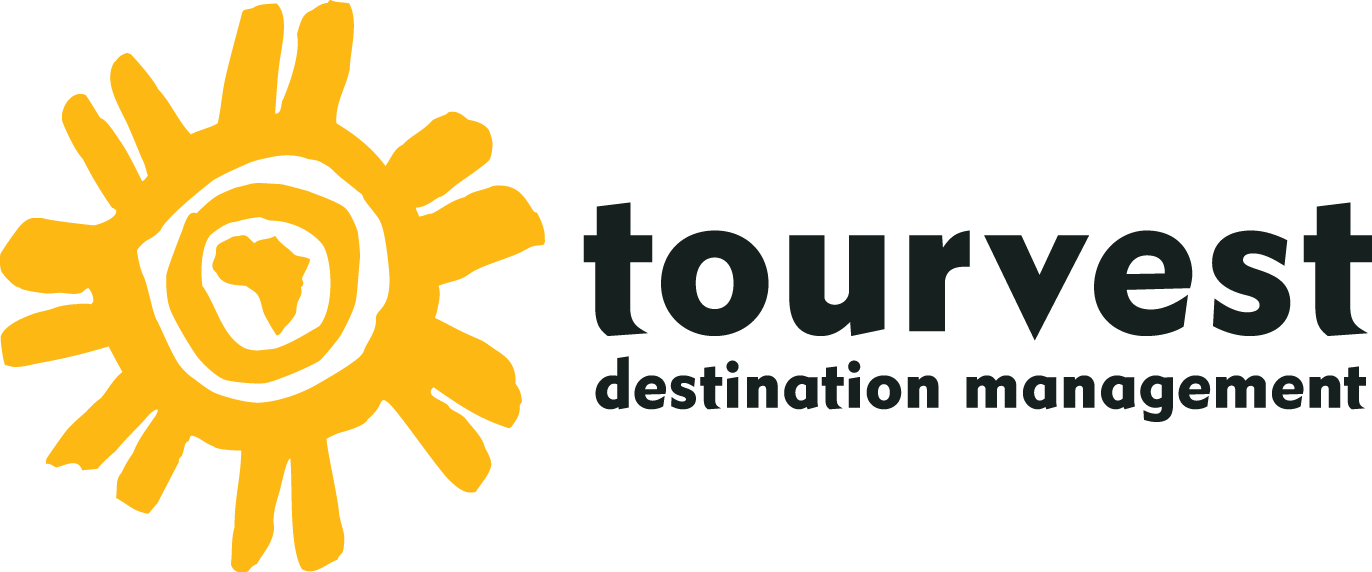Conservation
Canine
Unit
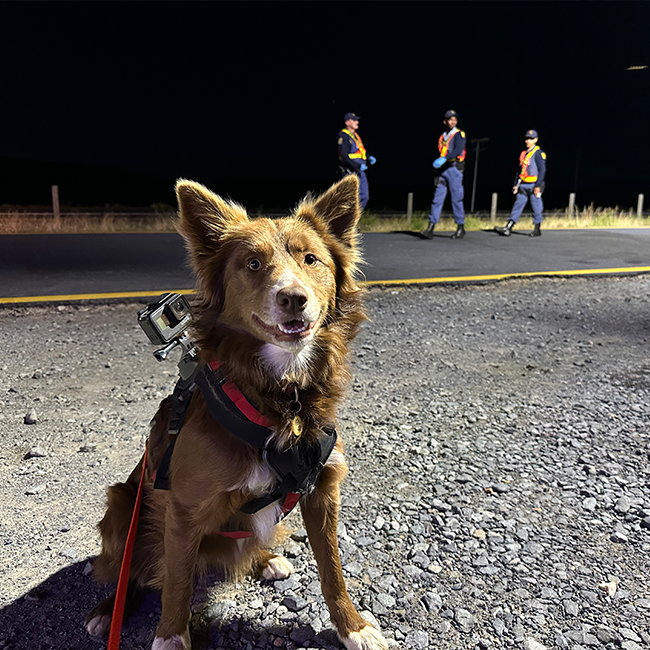
What is the conservation canine unit?
The EWT’s Canine Conservation Unit (CCU) is a special project established to support the conservation efforts of the EWT through scent detection and tracking dog services. The unit is also available as a service provider to our conservation partners, private landowners and other stakeholders, where dogs can perform a variety of priority conservation-focused tasks. This is further supported by the EWT through handler training and certification. There are two types of work done by the EWT’s K9 unit. Anti-poaching dogs are trained to track people, locate snares, find arms and ammunition, and help with the detection of evidence at crimes scenes. Our detection dogs are capable of detecting various plant and animal samples, and thus have a wide range of possible conservation benefits and applications. We are continuously exploring new roles for our conservation canines to ensure that the EWT remains recognised as an industry leader in the field of working dogs.
8
dogs
5
pack members

Conservation canine projects
Conservation canine projects
Anti-poaching canines
Anti-poaching dogs are trained to track people, locate snares, find arms and ammunition, and help with the detection of evidence at crime scenes. The EWTs canines are also trained to detect ivory, rhino horn, pangolin scales and lion bones which, in most instances, are linked to poaching.
One of the EWT’s contributions to detecting wildlife crime in South Africa is the use of detection dogs to find poachers and wildlife smugglers. Our Conservation K9 teams are certified and specially trained to fulfil two critical roles. Firstly, we support anti-poaching initiatives in game reserves using tracking and detection dogs, and secondly, we detect wildlife contraband before it is smuggled out of the country.
K9s working in nature reserves
We supply trained dogs to do detection and tracking in reserves, ensure that handlers are qualified, and conduct regular refresher training.
Among these is the Pilanesberg Nature Reserve in North West Province where dog and handler teams conduct vehicle searches at the entry and exit points to screen for arms and ammunition, rhino horn and other illegal wildlife contraband. As a result of increased poaching in recent years, the teams also check for illegal products, such as ivory, pangolin, and lion bone, leaving the reserve. Tracking dogs and handlers do regular patrols to check whether there have been any illegal entries into the reserve and conduct follow-ups when poaching incidents have occurred.
We also have a dog at Makalali, and a dog at Sabi Sands.
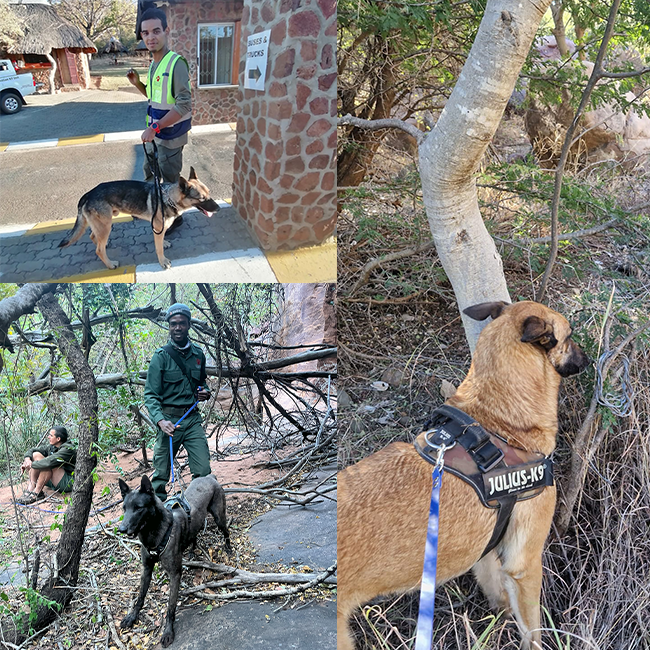
tracking dogs to detect snares
Snare detection using tracking dogs is a concept that is being tested for implementation by the EWT. This activity is not as simple as it may seem, because it requires of the dog to have dual capabilities.
The success of a pilot project and proof of concept to determine whether anti-poaching dogs can be used for snare detection will assist the EWT in its endeavour to combat poaching. Thanks to funding from the Taronga Zoological Society in Sydney, Australia, the Endangered Wildlife Trust’s canine conservation unit spent several weeks in the field, testing the ability of our dogs to detect snares in a farming and conservation area in Limpopo.
To prove our hypothesis, we selected two of the EWTs tracking dogs to determine whether they could also be used for the detection of articles, such as snares or other articles found while tracking.
In all cases, the scent of the person who had planted the snares and other items was successfully tracked and all the snares were removed. As further proof that this technique works, we selected Ruger, one of the only two dogs available at the EWT for this work, for a routine patrol of a farm that has problems with poachers using snares to catch wildlife. Ruger quickly and effectively combined his tracking and detection capabilities by discovering a snare that had been planted by a real-life poacher.
Detection Dogs
While anti-poaching dogs are trained to track people, locate contraband and detect spent cartridges at crime scenes, our detection dogs are also capable of detecting various plant and animal samples or species. This means that they have a wide range of abilities to contribute to conservation.
Wildlife crime, or the illegal trade in species, not only threatens the existence of endangered species, but also biodiversity at both local and global scales. South Africa is disproportionately targeted for illegal wildlife trade because of the region’s wide range of plants and animals.
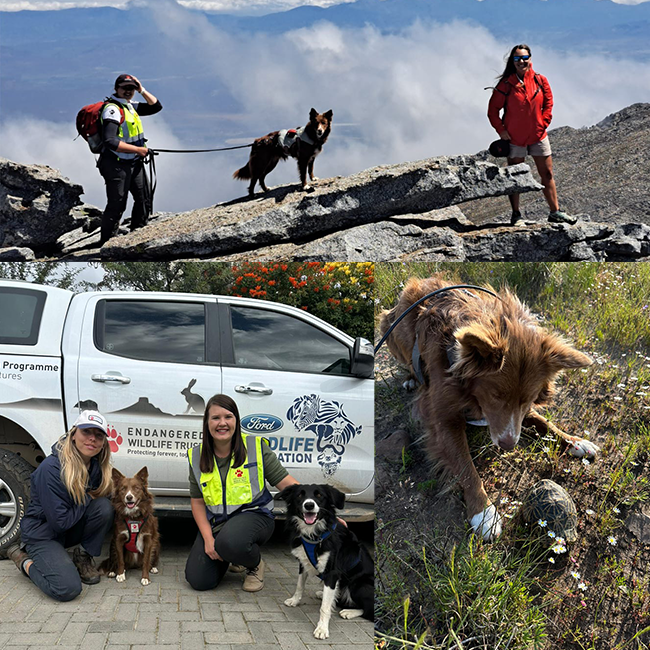
Novel Projects:
Working to end succulent smuggling
The Succulent Karoo in South Africa is the most diverse succulent hotspot in the world, and it is under significant threat from escalating poaching of small, often endemic plants that are prized by collectors in Asia and Europe. Dogs are being used for plant detection for research and monitoring of species in other countries, however The EWT has trained three scent detection dogs to screen for individual species of succulents and numerous other plant species that are being harvested illegally in South Africa. Through our activities the Conservation Canine Unit directly contributes to the National Response Strategic and Action Plan to assist authorities in combatting the increasing problem. Our work has included the deployment members of the K9 team, including dogs and handlers, across the Northern- and Western Cape provinces to screen vehicles at roadblocks and scan parcels at courier depots.
We have already achieved numerous successes through our work with law enforcement agencies. Among these was in the latter half of 2023 when our teams joined law enforcement officials for screening interventions for the first time and during which our dogs successfully identified trafficked plants and several suspects were arrested by the police in connection with the possession of illegally harvested plants,. Through this initiative we will continue to ensure that the transport and smuggling of these prized, and often threatened, plants is blocked and disrupted.
The Endangered Tortoises of the Drylands
South Africa is home to as many as 13 tortoise species, most of which are endemic to the country. Tortoises are faced with a number of ongoing threats, such as habitat loss, climate change, illegal trade, as well as localised specific threats such as uncontrolled fires and electric fencing. The EWT’s work to conserve South Africa’s most endangered tortoise species – the Karoo Dwarf Tortoise (Chersobius boulengeri) and Speckled Dwarf Tortoise (Chersobius signatus) – has seen the deployment of Delta, a member of our Conservation Canine Unit, being deployed to help with surveys.
Delta, a Border collie, is a certified detection dog trained to search for specific tortoises. She is able to indicate the presence of a targeted tortoise species and has assisted the Drylands Conservation Programme teams to search for two of the most elusive tortoise species in the Western – and Northern Cape Provinces. These are the Karoo Dwarf Tortoise and Speckled Dwarf Tortoise, representing the world’s smallest tortoise species with a maximum size of approximately 10 cm. With tortoises so small, one can understand why we need detection dogs to help us find the species so we know where to protect them. For both species, we are observing a concerning trend of population declines. At a time when researchers and field workers are finding it difficult to locate these small tortoises, even in locations where they had been previously recorded, it is hoped that with the help of conservation canines, more extant populations can be found and threat mitigation measures implemented to ensure the survival of the species.
The Geometric Tortoise (Psammobates geometricus) is found in a few locations in the Western Cape and is listed as Critically Endangered. The marked decline in Geometric tortoises and other tortoise species is likely due to several anthropogenic and climatic threats. Because of this, we have also started using detection dogs to locate these tortoises in the dense fynbos areas to support better management of the remaining populations. It will also allow us to monitor population trends and threats.
Critically Endangered Roses Mountain Toadlet
The Roses Mountain Toadlet (Capensibufo rosei) is found only in a few localities near Cape Town the Western Cape. Through the monitoring of the species in recent years, the EWT’s Threatened Amphibian programme has noticed declines of the Toadlet population with no sign of the species at some historical sites. This species is very small in size and, unlike most toads, it does not have a call making it even harder to find. In an effort to save this Critically Endangered Species from extinction, our Canine Conservation Unit will in 2025 be assisting in monitoring breeding pools where the toadlets are found . The information collected is shared with the EWT’s partners, CapeNature and the South African National Biodiversity Institute, for further research, monitoring and to mitigate impacts around these ponds.
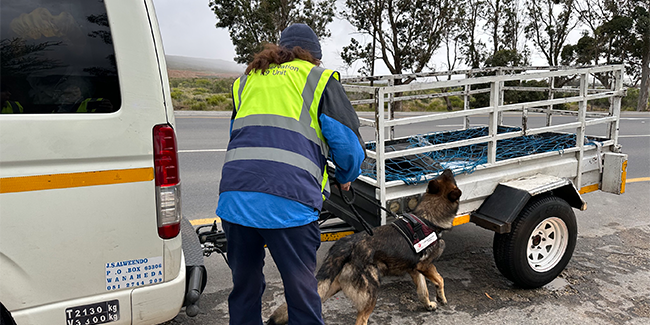
Stories of Success
Sniffing out succulents
Over the past few years there has been a rise in the global demand for collectable ‘ornamental’ plants. South Africa’s Succulent Karoo Biome, which stretches from Southern Namibia into South Africa’s Northern Cape and Western Cape, is home to many of these desirable plant species and this region has recently become heavily targeted by plant poachers to supply the insatiable demand of overseas markets.
As at the end of June 2023, more than 1 million illegally harvested plants had been confiscated in South Africa, this equates to roughly 3000 – 6000 plants per week, with most originating from the Northern Cape’s Namaqualand region. While law enforcement operations and reporting of the illegal harvesting is proving valuable in the fight against succulent poaching, it is suspected that less than 25% of the trade is intercepted by enforcement officials, and as such it is very likely that >1.5 million plants have been removed from the wild in the past three years.

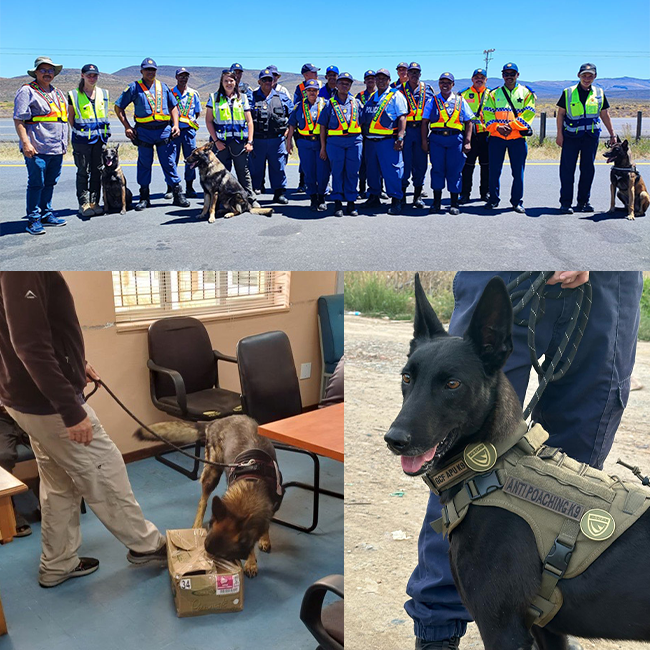
The regular appearance of our dogs is a reminder of the country’s dedication to combating the illegal wildlife trade and disrupts traffickers’ plans, playing an important role in the fight against transboundary wildlife trafficking
Strategy
1. PILOT NOVEL DETECTION MECHANISMS
GOALS/THREAT REDUCTION OBJECTIVES FOR THIS PROJECT:
- Develop novel detection capabilities for at least three species of fauna or flora.
- To have completed four, fully funded, operations with partners in at least two geographic areas to test novel applications.
- Develop demonstrated expertise in the safe detection of poison using detection dogs on at least one project
PROJECT STRATEGIES:
- Train and pilot tracking detection dogs to combat snaring on private land and/or with strategic partners.
- Train and pilot scent detection dogs that have demonstrated success in the detection of traded succulents.
- Develop poison detection capability in the CCU.
2. IMPLEMENTING CONSERVATION CANINE SOLUTIONS
GOALS/THREAT REDUCTION OBJECTIVES FOR THIS PROJECT:
- To have implemented at least five targeted interventions.
- To provide support (training, certification, in field support) to at least eight conservation partners.
- Establish a platform for knowledge transfer, the establishment of training standards, training methods and detection methods to bring together industry partners and other stakeholders.
PROJECT STRATEGIES:
- Deploy tracking dogs in the greater Soutpansberg area to detect snares and combat poaching.
- Expand and replicate succulent plant detection as a means to combat illegal trade.
- Assist with strategic species research using detection or tracking dogs.
- Identify and constrain trade gateways using conservation canines in conjunction with law
enforcement officials. - Develop and formalise accredited and non-accredited training approaches to be marketed to conservation partners and other stakeholders.
